Executive Summary
Artificial intelligence (AI) is an interesting topic to many TLT readers, but many do not have anything that uses AI in their research and development. A few that do listed modeling and simulation, rapid load capacity predictions and microlevel lubricants. Some respondents don’t think tribology can help AI, but believe AI can help tribology. One reader who thinks tribology can help said, “It could help us to predict results, learn from experience and accelerate the developments.” The majority of respondents believe AI will bring about changes in tribology and lubrication technology in the future and will be incorporated into the automotive and manufacturing areas the most quickly.
Q.1 Do you have anything that uses artificial intelligence (AI) in your research and development?
Not that I know of.
No.
Not that I’m aware of, but maybe in our marketing department.
Yes.
Yes, we use it when we have massive data.
Yes.
Modeling and simulation is starting in my group.
Yes.
Not at the present time.
No.
None at the moment.
No.
Yes, rapid load capacity predictions.
No.
Yes.
No.
Microlevel lubricants.
No.
Not at the moment.
No.
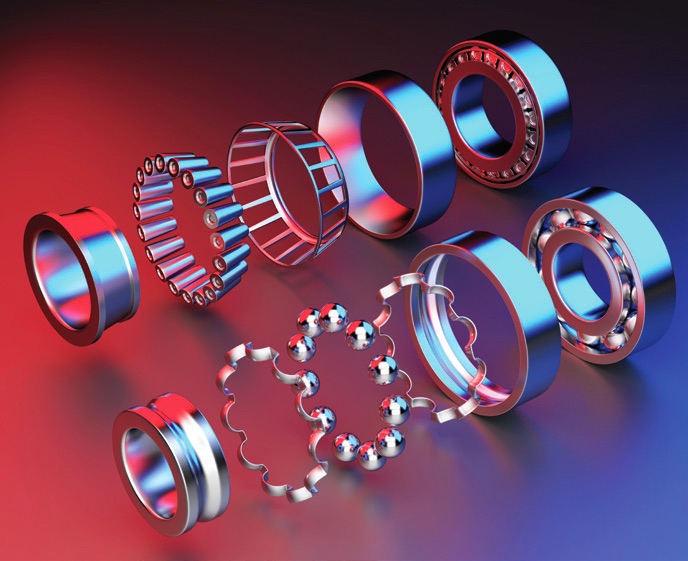
For our lubrication program, no. However, we are looking into options for a new demand maintenance program for overall equipment maintenance.
Not currently.
Not much.
Not at the present moment.
We have studied AI for oil analysis result sorting.
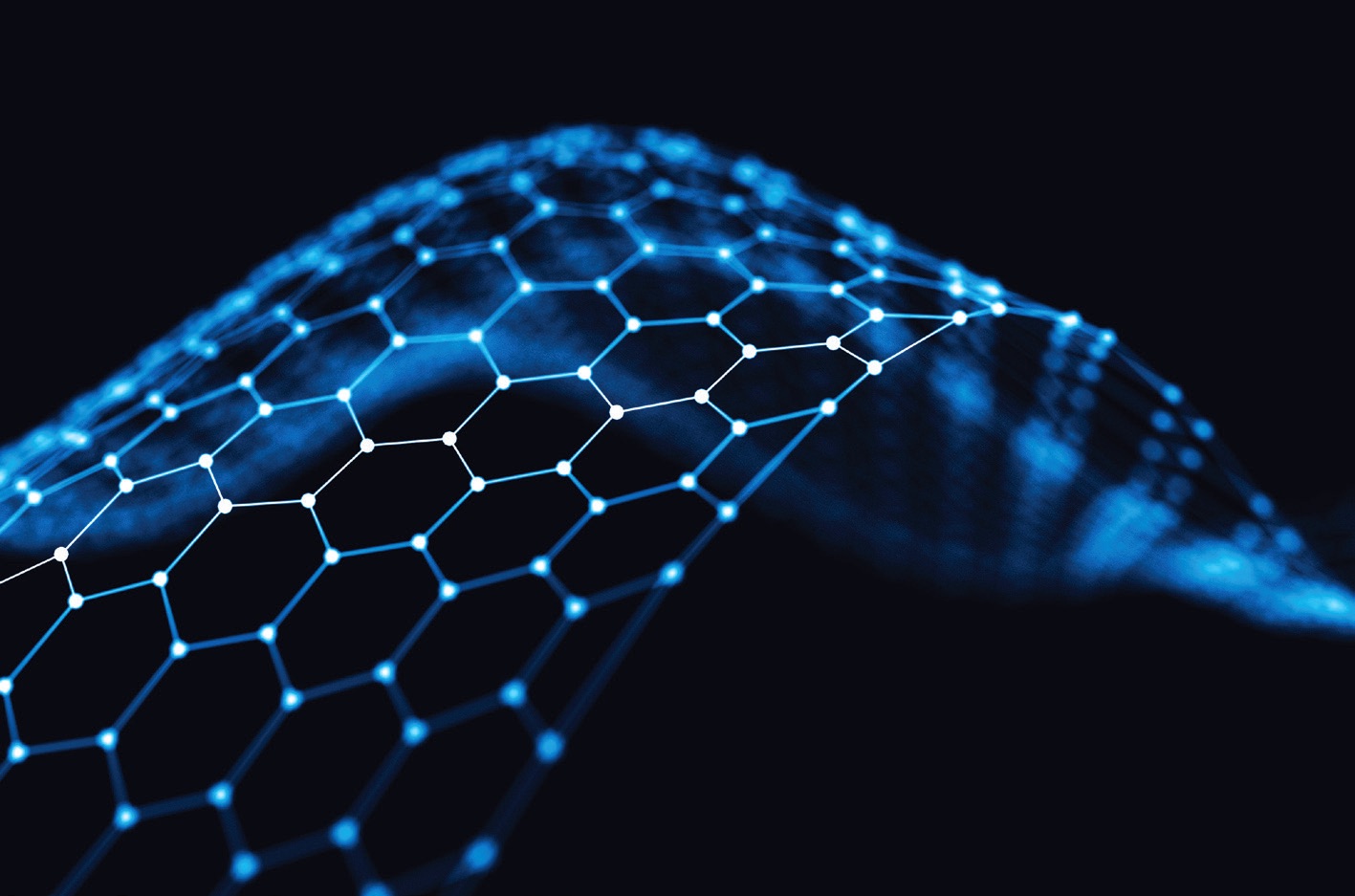
Not at the moment, but I’m in contact with this technology, mainly focusing on the manufacturing process. There are many processes that we can use AI and automation for, and, at the same time, that we can direct employees to do collaborative work integrating all productive processes.
Yes.
I don’t have AI in my current research.
Most AI is used in searching for previous research reports. Many experiments have been conducted previously, but it is difficult to locate their descriptions.
Even viscosities of pure esters are not easy to find. Search engines for running such queries is by far the most AI-intensive tool in our R&D.
Not yet.
No.
I’m creating diagnosis statements on used oil analysis results.
No.
We have tried it in literature data search with some success.
We do not.
Yes, we are using machine learning to design additives or base oil molecules using molecular dynamics.
Do you think that AI will bring about changes in tribology and lubrication technology in the future?
Yes
92%
No
8%
Based on responses sent to 15,000 TLT readers.
No, currently we do not use AI in our research and development.
No.
No, I do not.
Q.2 What do you expect from AI in your research and development, and how do you think tribology can help AI?
It could help us to predict results, learn from experience and accelerate the developments.
It could provide predictive results and shorten development times.
AI is just a very complex algorithm still, so I need it to be able to be trained regularly to stay current with how modern equipment functions. As far as tribology helping AI, there are some very complex interactions in my field (oil analysis), but the scope is not very broad. In-depth investigation into the algorithms produced can look at how relationships are created and how to improve these relationships in quality and appropriateness.
It might be the reverse. AI helps tribologists to generate a bit of predictability.
Which industrial area will AI be incorporated into quickly?
Automotive
62%
Manufacturing
55%
Medicine
44%
Information
51%
Energy
31%
Based on responses sent to 15,000 TLT readers. Total exceeds 100% because respondents were allowed to choose more than one answer.
AI or machine learning could be used to determine process variations or errors for tribologically important surfaces (e.g., sliding surfaces, rotating sealing surfaces) where parameterization of the surface is difficult. Does the current suite of 2D or 3D parameters meet all the requirements for a functional part? What if the parameter doesn’t catch some nonlinear texture direction issue or is evaluated incorrectly? Machine learning would be able to learn and catch these issues with enough training.
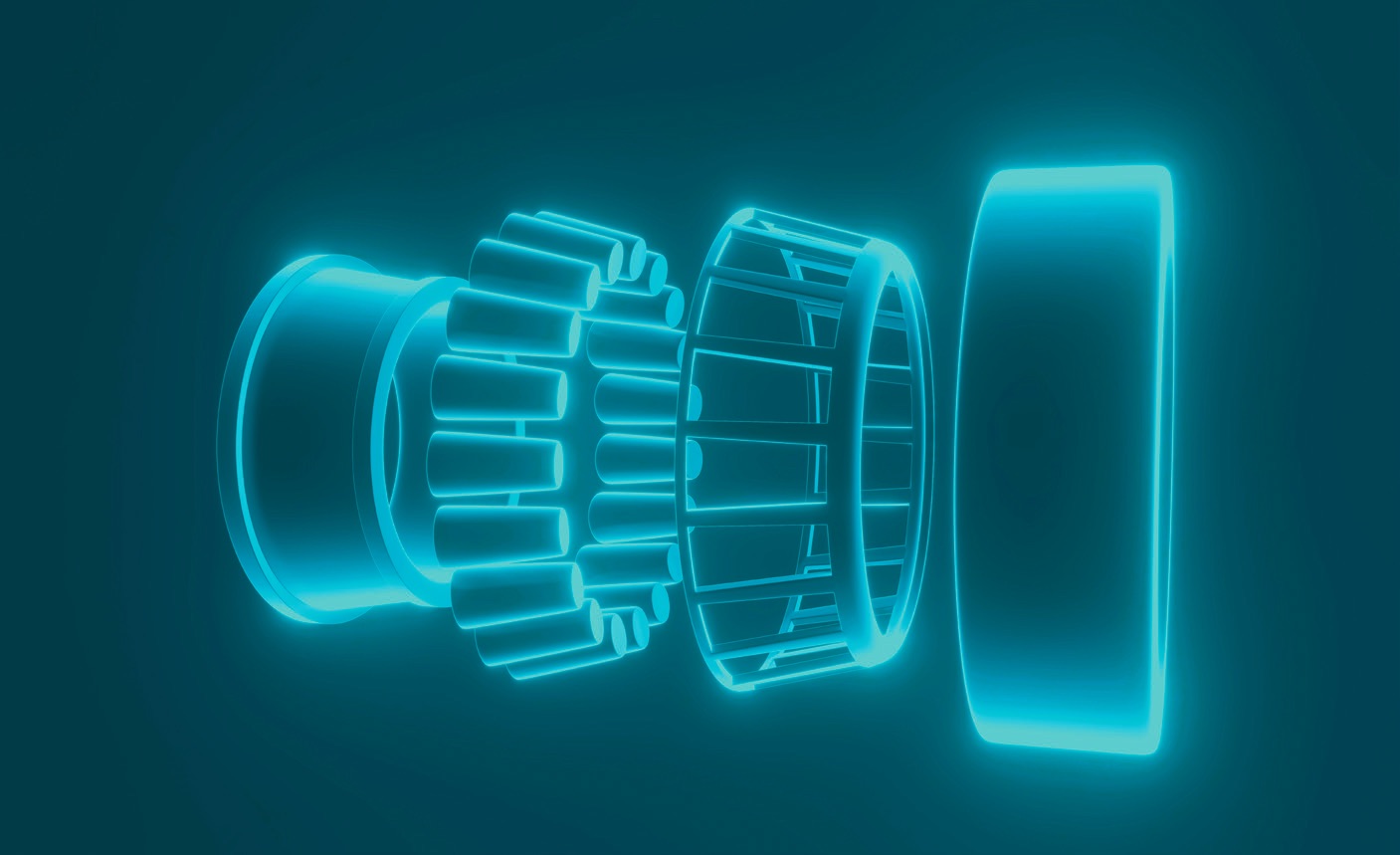
No expectations. So far, the results have been successful in labs but less so in the real world.
Tribology will help with the reliability of the end product.
Trend analysis for formulation prototype compositions and processes; prediction of optimal compositions/processes to meet various targets (tribology included); correlation of tribology parameters with application parameters (mouth feel, soil cleaning, etc.); and consumer panel ratings.
The quicker finding of dependencies between generated vibrations and noise modes and the measured friction torques in bearings of devices. Tribology can help to determine the strict and stable models (able to do quick adaptation to the varied operational conditions or allowed compensation process) between friction forces and torques in bearings affected by changes in loads, slip speeds, viscosities and the other rheological properties of lubrication.
The ability to take large amounts of test data and see patterns that are not readily apparent.
Quite a bit. Maintenance, condition monitoring, design and fundamental studies.
Tribology design.
Tribology will be a significant science branch to guide and support AI.
AI can help tribology in some aspects.
AI may analyze and consolidate existing data to propose solutions for desired outcomes.
Existing knowledge and future tribological datapoints can help establish algorithm and enrich information for AI to learn then generate results.
It could help in reducing numerous tribological experiments.
It could help to understand more quickly the models and bring more knowledge on the behavior of the lubricant.
Reduce setup time for customized tribology solutions. Currently, there is a lot of trial and error in getting run conditions that both mimic real life and give reasonable answers in a short amount of time.
We are expecting AI to help us do predictions in new product development.
Collection and correlation of data, which should lead to improved products.
Which area in tribology will AI be expected to contribute to greatly?
Analyses for maintenance
68%
Database for design
45%
Surface engineering
29%
Fundamental studies
40%
Based on responses sent to 15,000 TLT readers. Total exceeds 100% because respondents were allowed to choose more than one answer.
My expectation is AI will help to go faster in the simulation studies in research for future developments. I think that tribology and AI will have a mutual relationship helping each other.
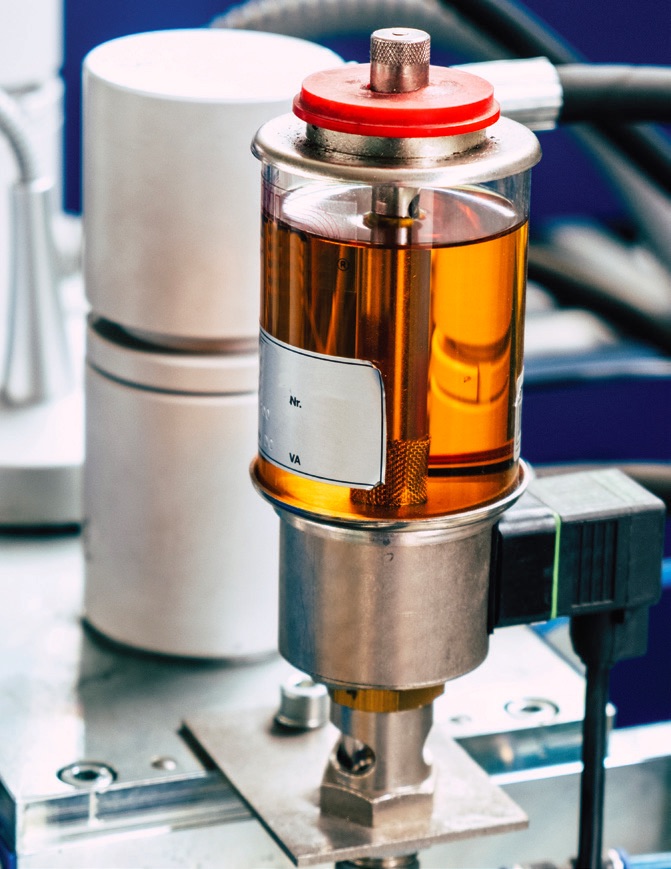
Tribology does not help AI, but AI will definitely help tribology. AI might enable better conclusions within large amounts of measurements.
I expect that AI will bring more dynamic analyses regarding measurements of process parameters. One of the most important benefits is to be able to analyze many variables in real-time with strong capacity to compare historical data. Tribology has an important role in this scenario for sensors and to bring improvement in machines. In this case, the speed for operation and the friction between components will be in focus once the complexity analyses and time will be done faster. It is wonderful to think that at the same time, we will have prediction regarding the lubricant temperature and viscosity when the speed of one machine (drilling, milling, injecting) is high, also considering the vibration or quality of product.
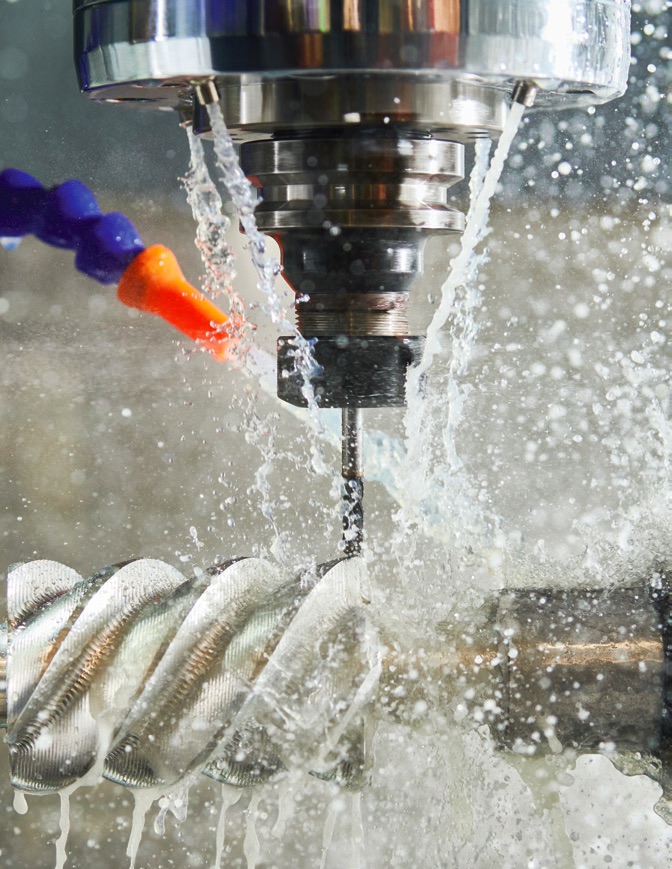
I believe that the tribology community will be compelled to embrace AI—but I hardly have any experience with it and cannot say what tribology can do to help in the development of AI.
Give me data for analysis. Tribology can help with collecting data about specific situations that can help to make analysis models.
AI can help tribology, not the other way.
Tribology is unlikely to help in AI fundamentals. However, tribological experiments are quite repeatable, easily defined, with few variables, but very hard to simulate on computers. This is where AI can be trained to process physical, chemical and structural data more effectively, ending up with better predictions in more complex problems.
I think AI could very well support us scientists, for example, by providing references to relevant publications and findings.
I think its use will produce a significant change in the near future for R&D activities. I think nanotribology could have a great impact in AI development.
Some modest contributions. Tribology is important for the hardware design of computers and server halls, so indirectly, yes.
Failure analysis and condition monitoring.
Improving data process with few analysis.
The lubrication system is one of the most complex systems in the engineering world. I think there are many topics where we can use AI, and if the approach is effective, the AI itself will be much more powerful.
Which area in tribology will be expected to contribute to AI greatly?
Surface and contact
57%
Micro/nanotribology
51%
Biotribology
29%
Other
19%
Based on responses sent to 15,000 TLT readers. Total exceeds 100% because respondents were allowed to choose more than one answer.
I think AI will contribute to tribological aspects in production engineering, maintenance and lubrication engineering.
I see the application of AI more in development and service but less in research with the exception of modeling.